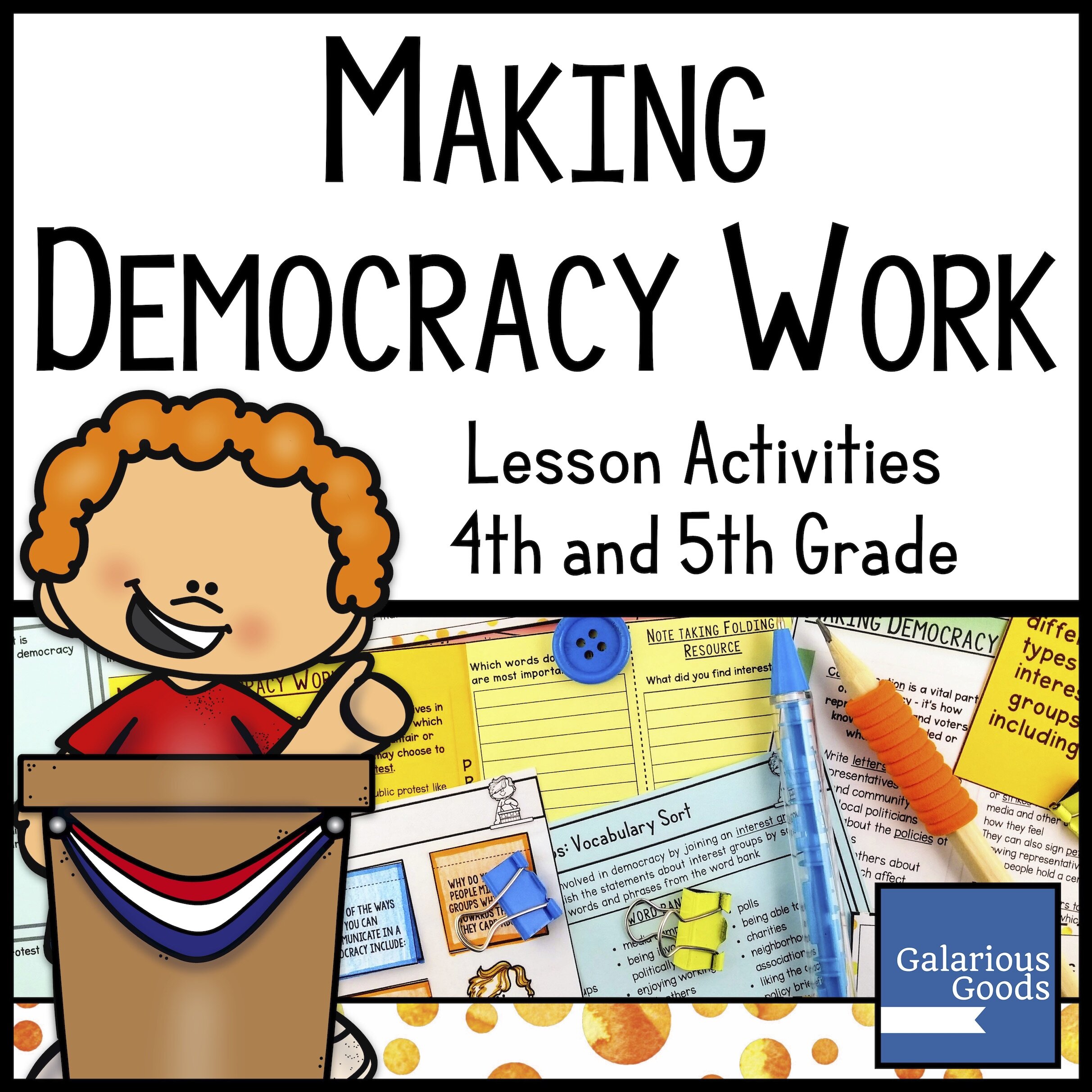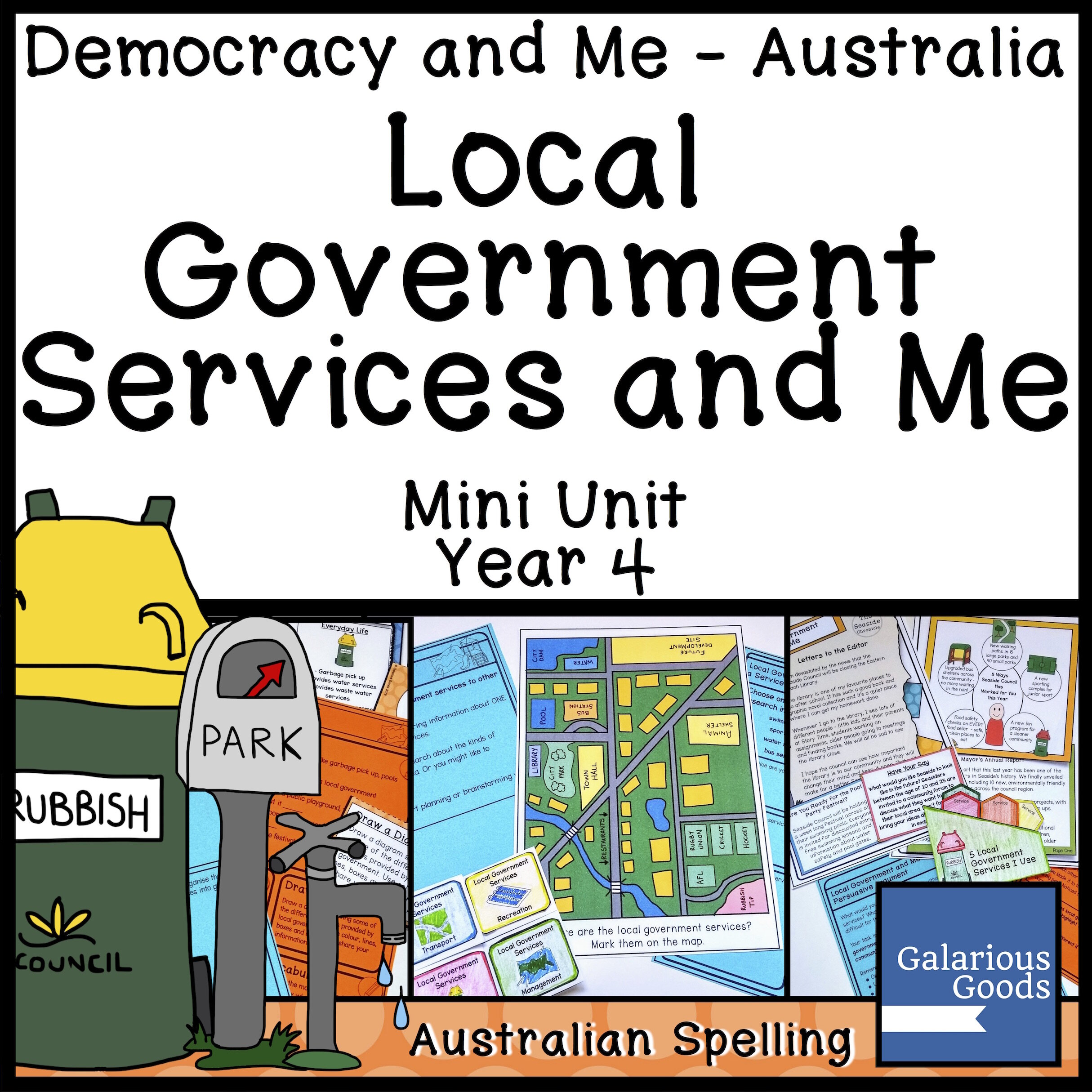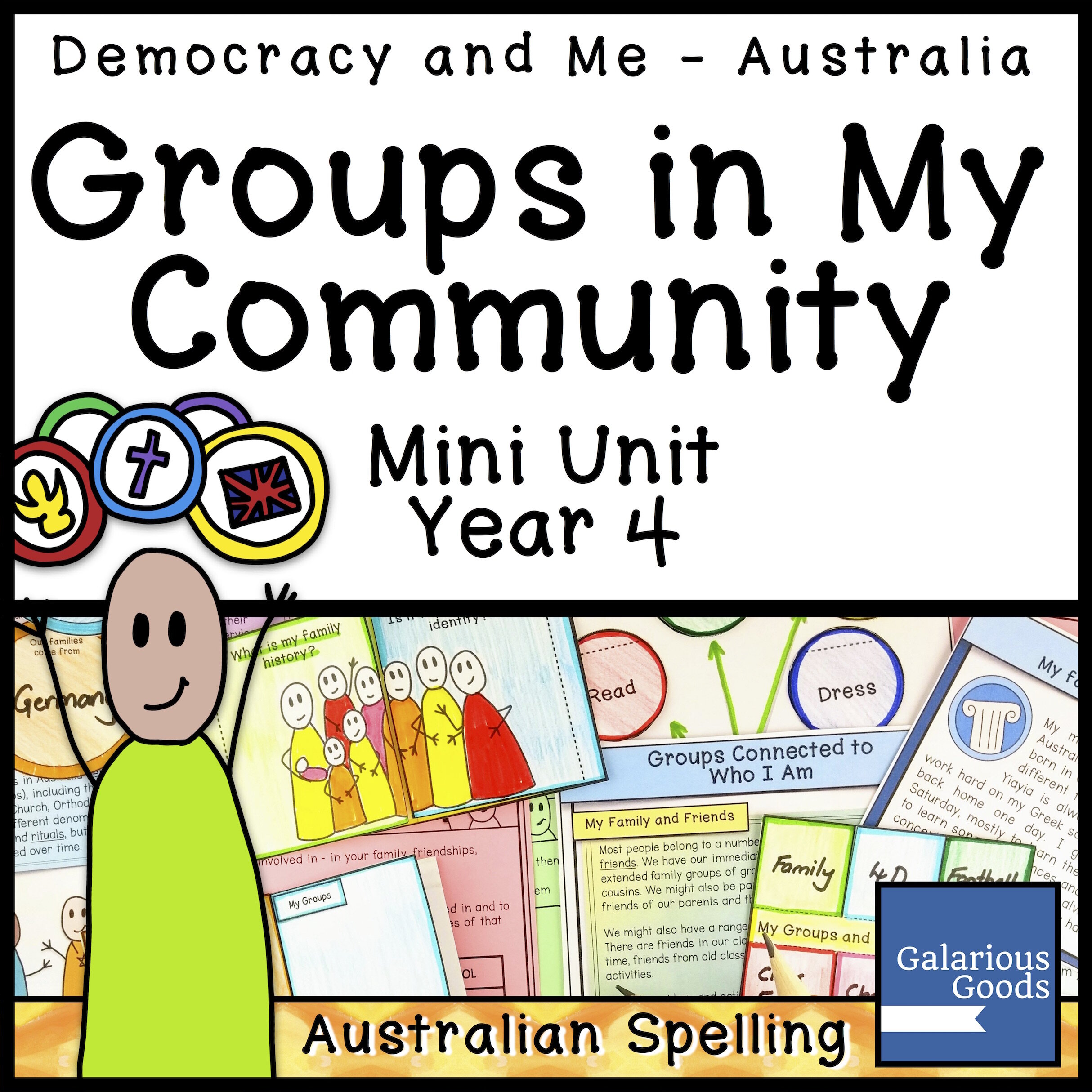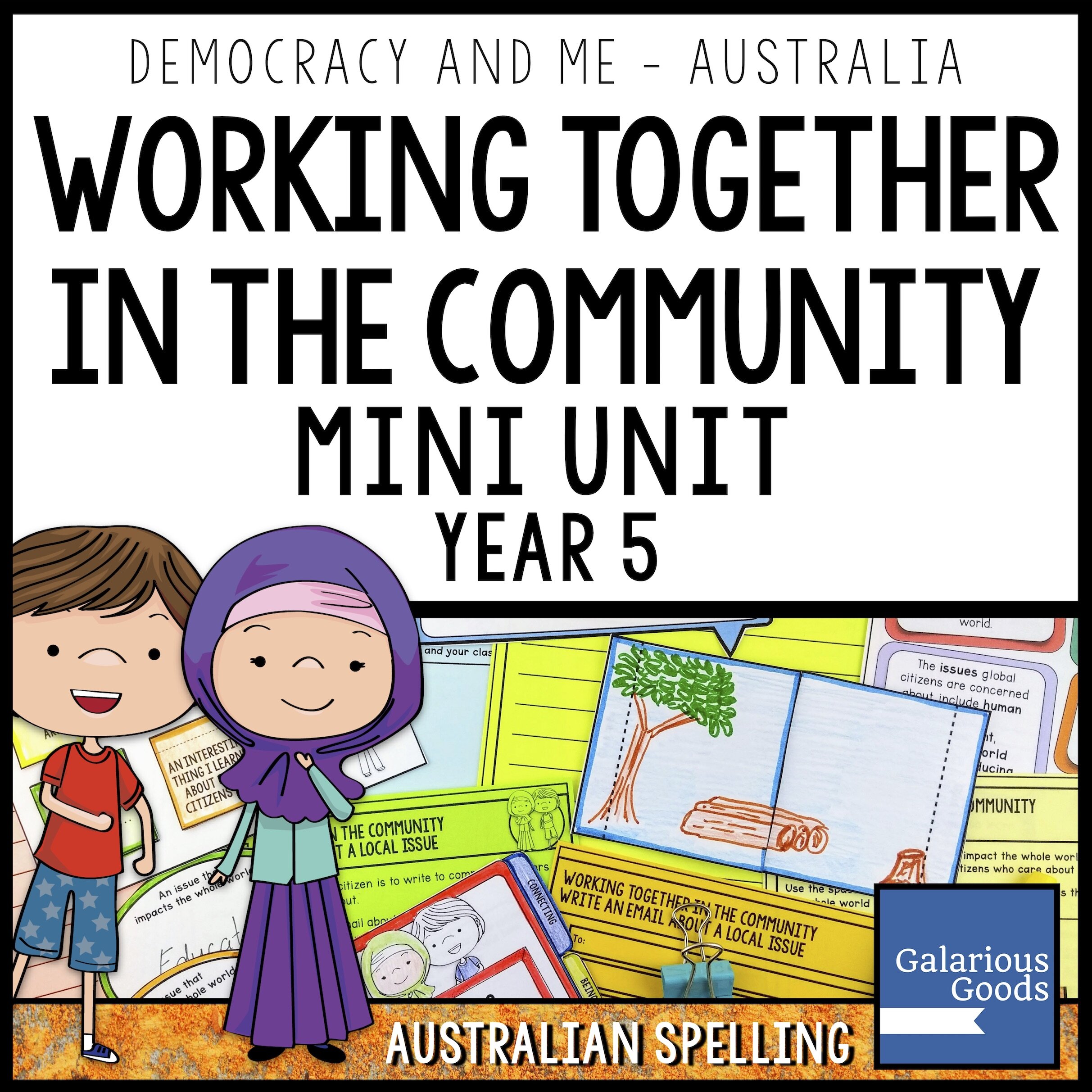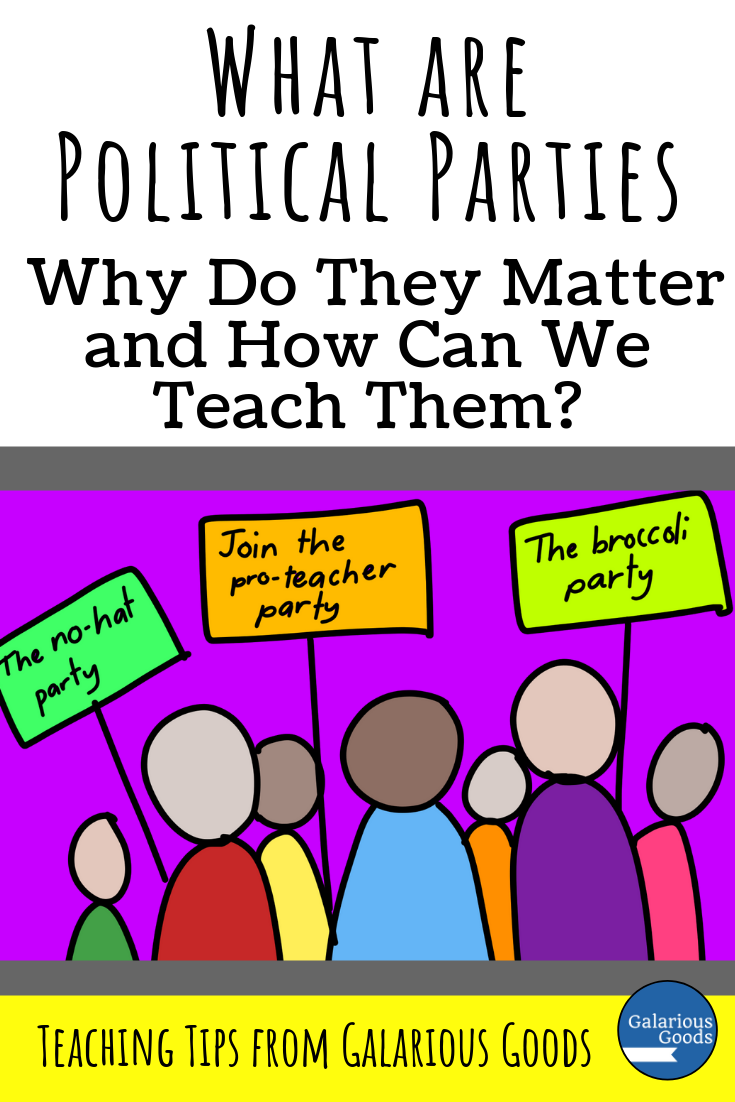Five Times Young People Got Involved and Took Action!
/If we look at the world around us, there are some great real-life examples of young people getting involved with causes and issues which matter to them. We can explore these examples with our students - using them to help our students make their own positive mark on the world!
1. The New York Newsboys Strike of 1899
In 1899, young boys - often orphans and runaways - used to sell newspapers on the streets of New York. They were required to buy these papers in advance, then hope that they sold enough to cover the costs. In 1899, two newspaper publishers were selling their papers to the newsboys for such a high price that it was nearly impossible to make money.
In July 1899, a large number of newsboys decided to go on strike and not to sell the papers of those two publishers. They used public demonstration and appeals to the public to disrupt newspaper sales. Finally the publishers agreed to buy back unsold papers, which meant the newsboys weren't out of pocket at the end of the day, and the strike ended.
The newsboys were credited with inspiring other strikes in other parts of the United States.
2. Ruby Bridges
In the 1950s, schools in the southern United States were segregated, with white students and African-American students attending different schools. When the courts insisted that the schools be desegregated, New Orleans schools set a test to decide which African-American children would be allowed to attend 'white' schools. At 6 years old, Ruby Bridges was one of the few students who passed the exam and became the only African-American student enrolled in her local school.
For her safety, Ruby was escorted to school by federal marshals, but she was still required to walk past protesters yelling at her. She was also the only student in her class, as parents refused to allow their children to be in class with her. Despite the insults which were yelled at her, Ruby continued to attend the school, following the advice of her mother to be strong.
Ruby's example allowed more schools to become desegregated across the United States and was a big part of the civil rights movement of the 1960s.
3. Malala Yousafzai
Malala Yousafzai was born in Pakistan, in a region which was increasingly coming under Taliban control as she was growing up. In 2008, at the age of 11, she gave a speech asking why the Taliban was taking away her right to education. In 2009 she began keeping a blog for the BBC, talking about the right to education for girls and women, as the Taliban continued to close girls schools in the region.
As Malala continued to speak out against the Taliban in Pakistan, they began to see her as a threat. In 2012, when she was 15, a gun man boarded her school bus and shot her. She was given medical treatment in Pakistan before being transported to the United Kingdom for further care. She was able to recover there and has been able to return back to school and to continue her advocacy for education for all girls and women.
Through the Malala Fund, she has been able to bring more attention to educational choices for girls, including opening a school for refugee girls near the Syrian border.
4. Little Miss Flint
In 2014, officials decided to use the local river to provide water to the people of Flint, Michigan in the United States hoping to save money. Unfortunately, the officials didn't require safety regulations to be met and the water was contaminated with lead - a contamination which is particularly dangerous for children.
In 2016, 9 year old Mari Copeny decided to write to the President of the United States, Barack Obama, hoping to lift the spirits of her fellow Flint residents and to bring more attention to the lack of safe drinking water in Flint. Since then, Mari has met with President Obama as well as other politicians, and continues to point out through social media and speeches that water safety for children and other residents in her town still needs to be addressed.
5. Campbell Remess
Campbell Remess really wanted to buy Christmas presents for the children at his local hospital. When his mother said that wasn't possible, he set out to learn how to sew and started making teddy bears to give away.
At 12, Campbell had been making bears for three years and had pushed himself to make a bear everyday. He's also been involved in organising fundraisers for local charities. His hard work has encouraged other people to donate to his cause - providing him with the fabric and materials he needs to make his bears.



